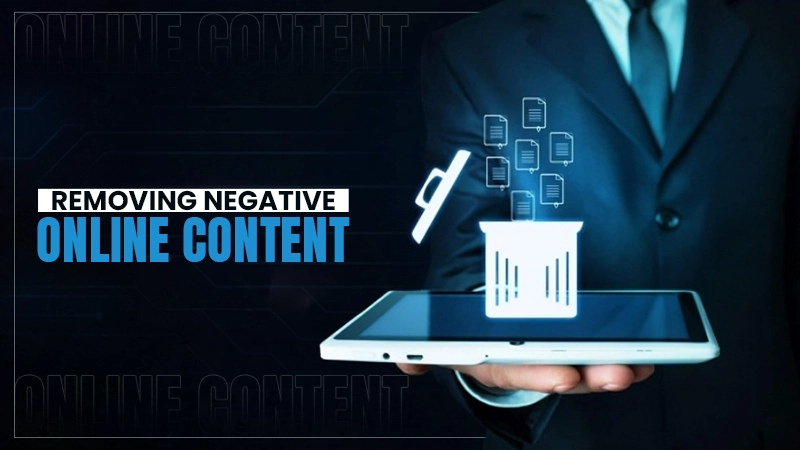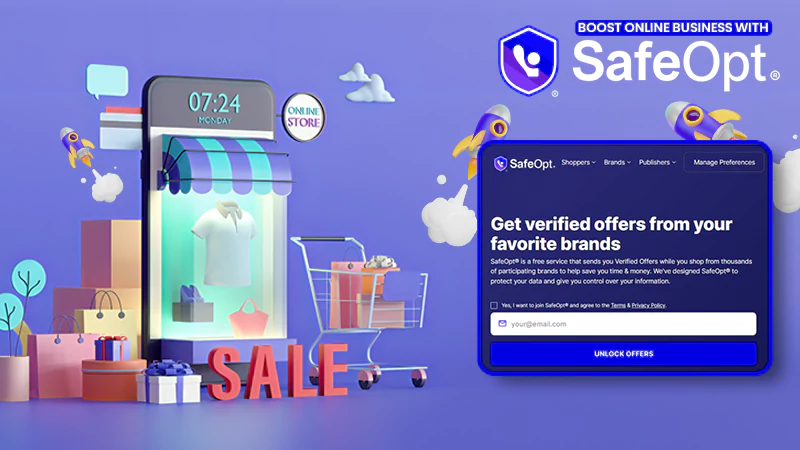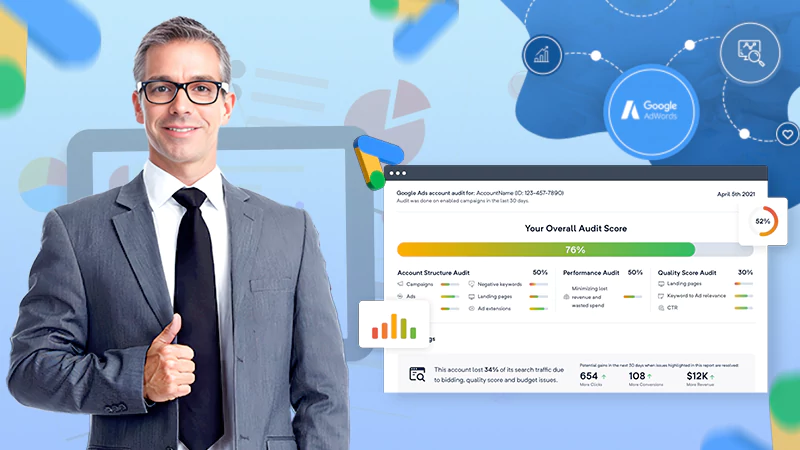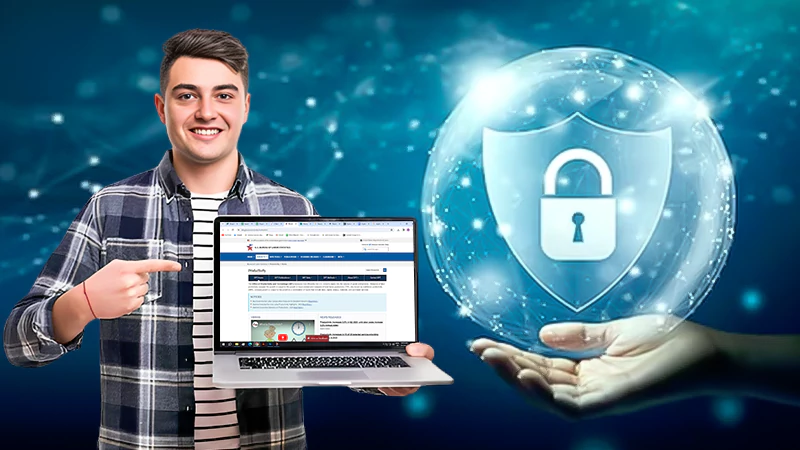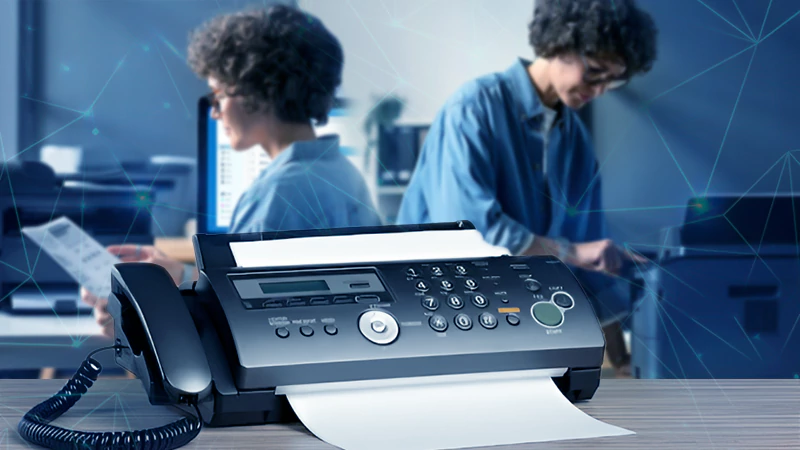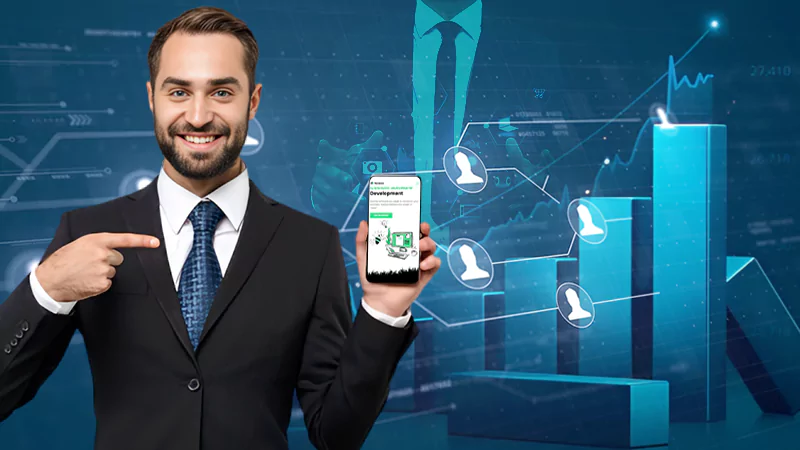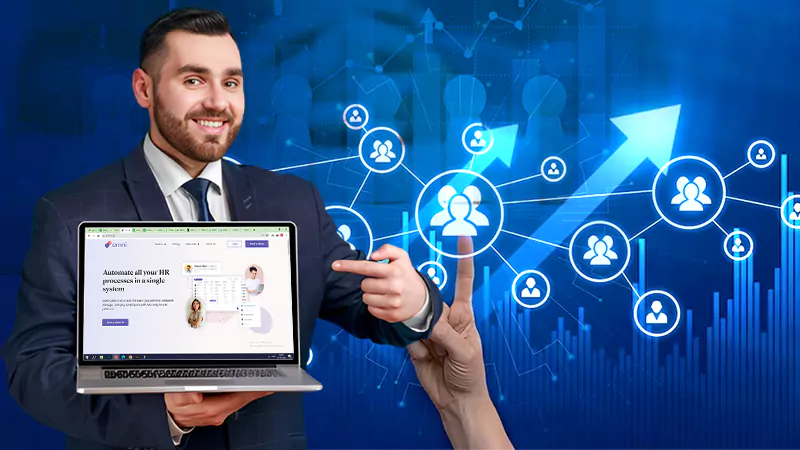The Different Types of Leads in Business
Every business, whether small, medium, or large, needs leads to keep business running. Depending on the business type, the leads will vary. For example, a business that sells products will need different types of leads than a business that offers lead generation services.
Moving forward let’s take a look at the different types of small business leads.
Cold Leads
Sales representatives often dread cold calling, as it can be difficult to generate results from scratch. A cold lead is a potential customer who has had no prior contact with your company. cold-calling them can be a tough sell, but it’s important to remember that every customer started out as a cold lead at some point.
There are a few ways to generate cold leads:
- Purchasing lists of leads from a third-party vendor: This can be an effective method, but make sure you purchase a quality list from a reputable source.
- Mining your own data: If you have existing customers, you can mine their data for leads that match your target demographic.
- Attending trade shows and events: This is a great way to generate leads in person and get a feel for what your potential customers are interested in.
Once you have a list of cold leads, the next step is to start reaching out to them. The best way to do this is through email or phone calls.
Warm Leads
Sales representatives love warm leads. These are potential customers who have already shown some interest in what you’re selling, and who are more likely to convert into paying customers than someone who is completely unfamiliar with your product or service.
There are a few different ways to generate warm leads. One is through your existing customer base. If you have happy customers, they may be willing to give you referrals. Another way to generate warm leads is through trade shows or conferences related to your industry. Attendees of these events are usually interested in learning about new products and services, so they make for great sales prospects.
Finally, you can also generate warm leads through online lead generation tools like webinars or eBooks. By providing valuable information to potential customers, you can show them that you’re an expert in your field and that you have a product or service that can help them. This can help to build trust and increase the likelihood that they’ll do business with you.
Also, Read: Why Dripify is the Best LinkedIn Automation and Lead Generation Tool
Hot Leads
Hot leads are potential customers who have shown recent interest in your product or service. They may have visited your website, subscribed to your newsletter, or called your company to inquire about your products or services.
These leads are very important because they represent potential customers who are interested in what you have to offer. By targeting hot leads, you can more effectively market your products or services and increase your chances of making a sale.
There are several ways to generate hot leads:
- Use search engine optimization (SEO) to attract visitors to your website.
- Use pay-per-click (PPC) advertising to drive traffic to your website.
- Use lead capture forms on your website to collect contact information from visitors.
- Use social media to promote your products or services and attract leads.
- Use email marketing to reach out to leads and customers.
Hot leads are valuable because they are more likely to convert into customers than cold leads.
Information Qualified Leads (IQL)
IQLs are information-qualified leads that have been vetted by marketing or sales and found to meet certain criteria that make them ideal prospects for your product or service. IQLs typically have a higher likelihood of becoming paying customers than other leads, and as such, they are often given priority treatment by sales and marketing teams.
The criteria used to determine whether a lead is an IQL can vary from company to company, but some common criteria include:
- The lead has expressed interest in your product or service (e.g. through a web form submission or event attendance)
- The lead fits your target customer profile
- The lead is engaged with your brand (e.g. they subscribed to your email list or are following you on social media)
- The lead has a high likelihood of becoming a paying customer (e.g. they have a budget for your product or service, and they are decision-makers within their organization)
If you’re looking to generate more IQLs, here are a few things you can try:
- Create targeted content: Produce content that is specific to your target customer profile. This will help you attract leads that are already interested in what you have to offer.
- Use lead nurturing: By providing valuable information to leads at each stage of the buyer’s journey, you can increase the likelihood that they will become IQLs.
- Make it easy to buy: Make sure your website and purchase process are optimized for conversion. This will help you close more deals and turn more leads into IQLs.
Which Lead Should You Focus On?
The leads that are most likely to convert into IQLs are those that are already interested in what you have to offer. To generate more of these leads, focus on creating targeted content and making it easy for them to buy from you. By doing so, you’ll be able to close more deals and grow your business.
The Challenges and Benefits of Removing Negative Online…
Unlock the Simplest Way to Access LaSRS Login…
Strategic Wins: How SafeOpt Can Boost Your Online…
5 Reasons Why Marketing Matters in Business?
Google Ads: What Are the Basic Checklists to…
The Crucial Role of Press Releases in a…
8 Best Tech Tips to Implement for Better…
Fax Machines in the Digital Age: A Sustainable…
Breaking Barriers: The Power of Business Translation Services
Why Do Businesses Need a Dedicated Mobile App?
The Role of Onboarding in Improving Employee Retention…
3 Major Benefits of Onsite IT Support

